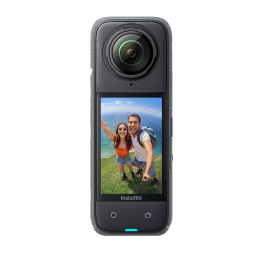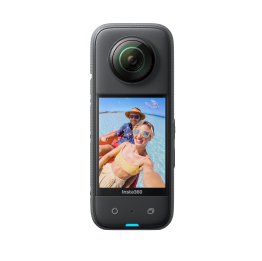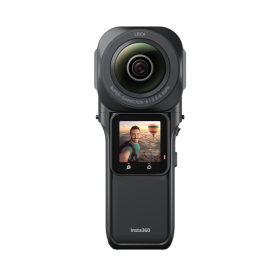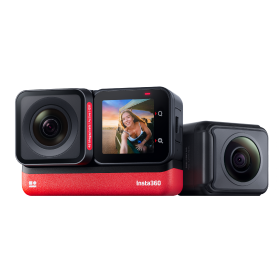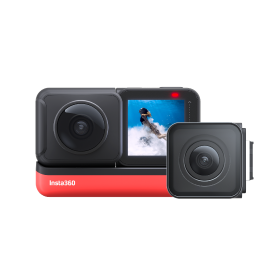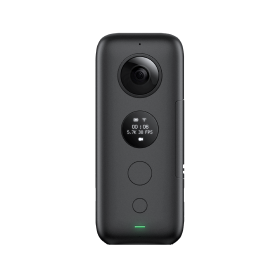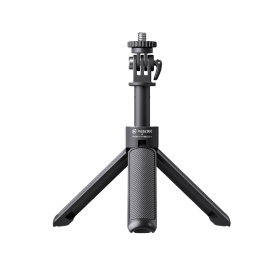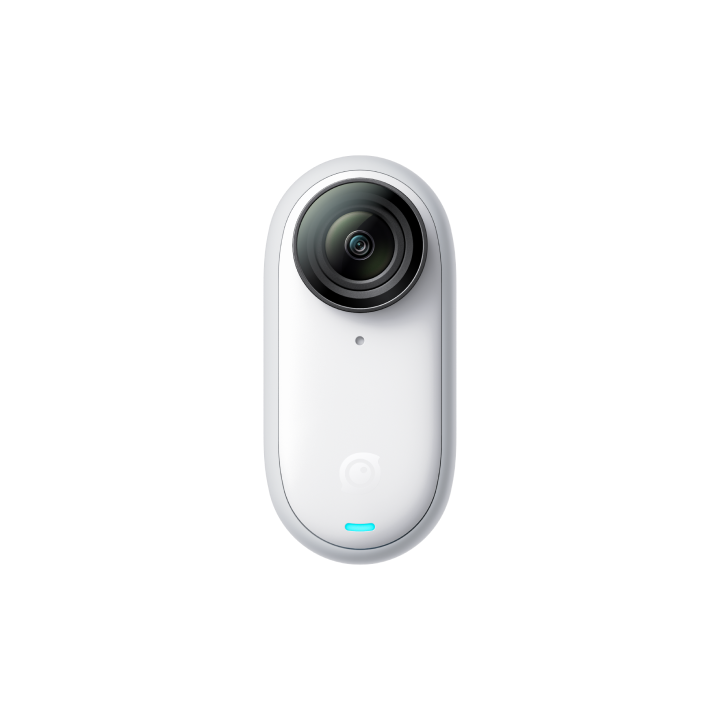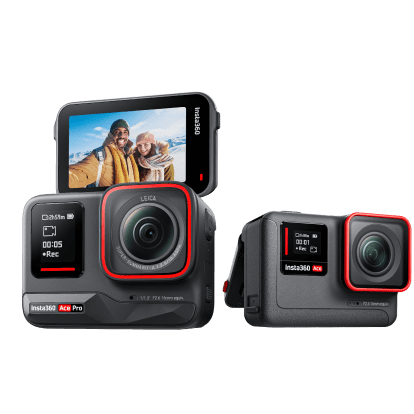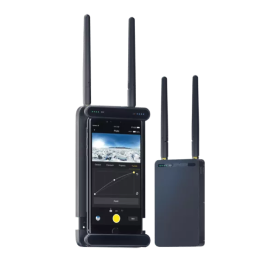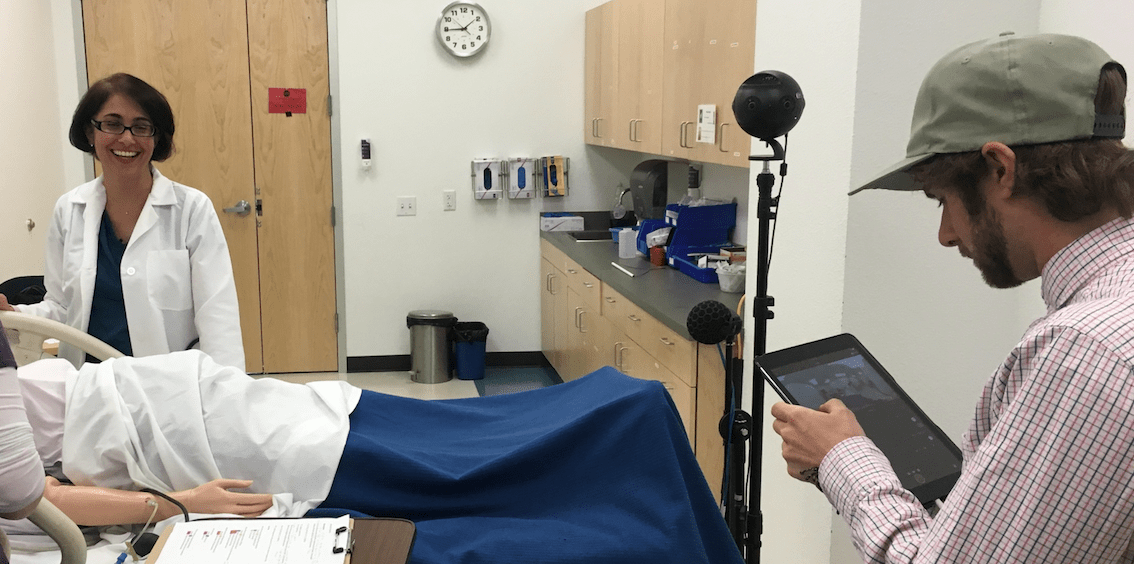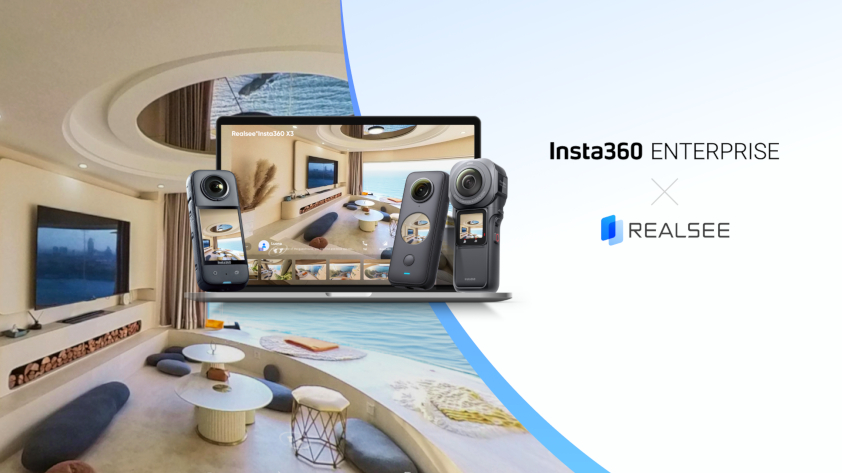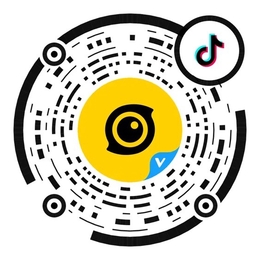VR training is teetering on the edge of becoming absolutely massive. It serves as a way to radically improve competence to all new heights across a multiplicity of fields. Never before have people been able to realistically experience something, before it happens. Thanks to VR training, we can immerse people into tangible virtual environments to give them hands-on experience in their field, before the real deal.
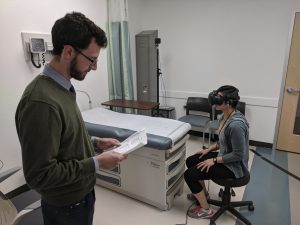
Take nursing as one such field, imagine if they could gain tangible experience in assisting childbirth? It's not a stretch to take that thought further to surgeons, doctors or any practitioner. Minimizing human error could potentially save lives, and that's the focus of today's piece. We delve into the how students and staff at the University of Nevada, Reno (UNR) are in the trenches, pushing forward this new frontier by using VR with the Insta360 Pro to train nurses. The video was viewed through an HTC Vive by over 100 nursing and medical students as a training module in their programs.
We interviewed Luka Starmer, VR Specialist, and Alison Szarko, Project Manager and Graduate Research Assistant for UNR, to dive into the nitty-gritty:
1. How did you come up with the idea to utilize VR training for nurses?
"Communication errors are a leading cause of death in the USA".
In light of a dissertation by Maraccini, et. al. (2018), communication errors are a leading cause of death in the United States and can be prevented if improvements are made in the way we are training future healthcare providers.
The idea to use VR training was brought up at one of our interdisciplinary research meetings, we reached VR experts from our Knowledge Center. From there, our interdisciplinary collaboration expanded and we included the UNR Computer Science & Engineering Department to the team. It was these interdisciplinary collaborative efforts that made this study possible.
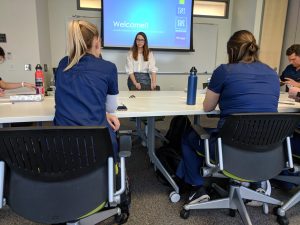
We wanted to construct a more immersive, high-fidelity emergency simulation for students to experience. We asked the question, "can we expose a class of medical and nursing students to a VR simulation without running into any major technical glitches along the way?" And fortunately for our research team, we were able to accomplish that task.
2. How does training with VR compare with traditional methods? How does it make the process easier or more effective?
"VR allows the opportunity to customize simulated experiences in a cost-effective manner".
The traditional measures tend to rely on trained simulated patient actors or robotic mannequins. It’s extremely costly and time-consuming to recruit, schedule, and train simulated patient actors. With the robotic mannequins, it also requires a large cost to own these devices and requires its own team of technicians to maintain the equipment.
Virtual Reality is an emerging technology that allows researchers and educators the opportunity to customize a variety of high-fidelity simulated experiences in a cost-effective manner. It’s easier to modify subtle variables of the training environment with VR when compared to traditional methods. It also allows researcher the opportunity to explore much more precise metrics of analysis that had not been previously available.
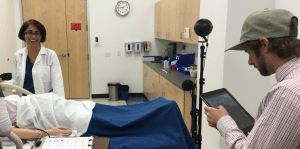
3. Why did you choose to use the Insta360 Pro for this project? Where there any standout features of the Pro that really helped the project?
In previous 360 video projects we used a variety of cameras, but for this particular project, our digital media technology team selected the Insta360 Pro for its high-quality stereoscopic recording capabilities. We wanted the 360 video to be the highest production-value we could afford, but with an easy setup.
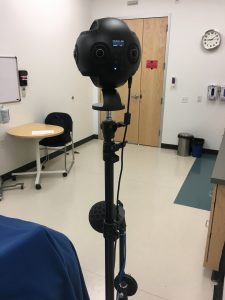
It was important for us to be able to control exposure and white balance in addition to resolution. We tested in our studio a number of times to make sure we were comfortable with the manual controls. Being able to compose the shot in the iPad application was helpful on the day of the shoot, too.
4. How else can you imagine VR being utilized in the medical world?
"[Nurses] are training to one day be healthcare providers, not healthcare test-takers."
I can see VR training being used in every stage of one’s medical education, from students’ very first years sitting in their Pre-Med courses and beyond into their residency training years. Behaviour Analysts are trained to understand the science of learning and when we work with VR specialists, we can provide students with safe, high-fidelity learning environments to test the skills they’re learning their courses. They are training to one day be healthcare providers, not healthcare test-takers.
It is critical to their education that they are able to practice providing healthcare in an authentic, safe way. VR training allows us the opportunity to give these students a safe, immersive learning environment so that when they do begin to treat actual patients, they are as prepared as possible.
5. Do you have any interesting stories you’d care to share about the whole process?
We filmed a doctor and a nurse in a simulation room with a “Sim Mom” that is used at the University of Nevada, School of Medicine. Sim Mom is an expensive robot that is capable of going into labor, having seizures, excreting bodily fluids, and even talking with the aid of a microphone and a simulation technician from the control room. The Simulation Lab run by Alisha Fong, BGS was super instrumental in helping us throughout the process.
The purpose of using a robot instead of an actor was because Med students and nurses at that level would most likely not be in a simulation with a real actor. However, rather than running the robotic simulation over and over live in front of groups of these students, the 360 video allowed for continuous replication with controlled variables.
6. Any technical tips for VR creators that might be inspired by your story?
For a 360 video simulation, it was a challenge to improve immersion by simulating things like eye contact and engagement from the “actors” (the doctors). We had to coach them, but they did a good job of gesturing to the “participant” throughout the scene to create the feeling that the participant was actually in the room, even though they were there as an observer. We all agreed that the cameras on the spherical Insta360 Pro looked a little bit like eyes, so it was easy to talk to the camera.
Keen to keep up to date on Insta360 stories? Keep an eye on our blog and sign up for our mailing list. You can also contact our Enterprise team directly to see how 360 cameras can benefit your business.
